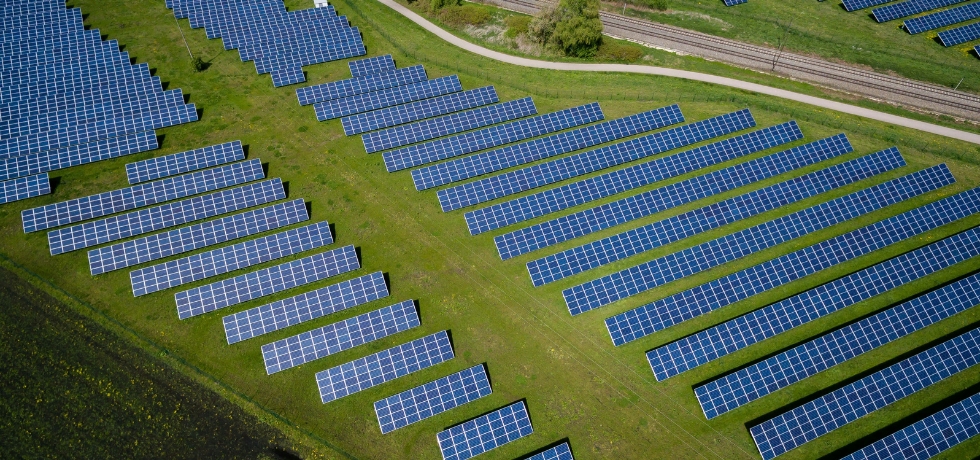Green hydrogen is quickly gaining attention as a key player in the renewable energy transition. As the world pushes towards cleaner energy sources, green hydrogen stands out for its potential to revolutionize industries that rely on heavy emissions. Its versatility and ability to store energy make it a promising solution. But how exactly is green hydrogen shaping the future of renewable energy?
What is Green Hydrogen?
Green hydrogen is produced using renewable energy sources like wind and solar to power the electrolysis of water, splitting it into hydrogen and oxygen. Unlike traditional hydrogen production, which relies on fossil fuels, green hydrogen produces zero emissions, making it an eco-friendly alternative.
Why Green Hydrogen is Crucial for Renewable Energy
One of the most significant advantages of green hydrogen in renewable energy is its ability to store excess energy. Renewable sources like wind and solar often generate power inconsistently. Green hydrogen can store that excess energy and be used when demand is high, balancing the grid and reducing the need for fossil fuel backup power.
Also Read: How to Integrate Sustainable Practices into Your Business
This technology also provides a path for decarbonizing industries that are hard to electrify, such as steel, cement, and aviation. As these sectors struggle to reduce emissions, green hydrogen offers a clean, scalable solution.
Green Hydrogen and the Energy Transition
As nations commit to net-zero targets, green hydrogen is set to play a significant role in reducing carbon footprints globally. Many countries are investing in green hydrogen infrastructure, seeing it as the missing link in the renewable energy transition. Its ability to provide clean energy for transportation, industrial processes, and heating makes it a flexible option for a sustainable future.
Challenges and the Future of Green Hydrogen
While the potential of green hydrogen is enormous, challenges remain. The cost of production and scaling the infrastructure are significant hurdles. However, as renewable energy prices fall and technology advances, green hydrogen is becoming more economically viable. Governments and companies are already investing heavily in research and development, signaling that green hydrogen will likely be a major part of our future energy mix.
In conclusion, the role of green hydrogen in renewable energy is growing as the world looks for sustainable solutions. Its versatility, storage capability, and potential to decarbonize industries make it a vital part of the energy transition.
Tags:
Energy EfficiencySustainable InnovationAuthor - Vaishnavi K V
Vaishnavi is an exceptionally self - motivated person with more than 4 years of expertise in producing news stories, blogs, and content marketing pieces. She uses strong language, and an accurate and flexible writing style. She is passionate about learning new subjects, has a talent for creating original material, and the ability to produce polished and appealing writing for diverse clients.
